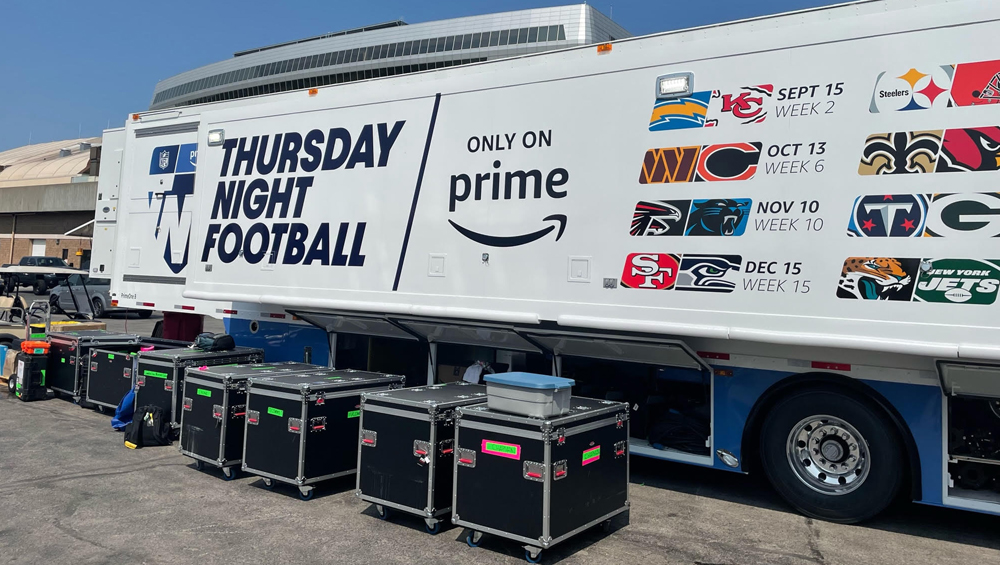
Amazon Primed For ‘Thursday Night Football’ Tour

As the first streaming platform to serve as the exclusive home of a national NFL regular season television package with Thursday Night Football, Amazon Prime Video will operate without a broadcast home of its own. The streamer is eschewing the traditional studio format used by most networks for pre-game, halftime and post-game shows. Instead, Prime Video will produce all of its games and wraparound programming from the host city each week, relying on a new fleet of IP-native mobile production trucks purpose-built for TNF by Game Creek Video (GCV).
Prime Video’s 2022 NFL tour starts tonight at Arrowhead Stadium in Kansas City, Mo., for a game between the Kansas City Chiefs and Los Angeles Chargers, with the TNF Tonight pre-game show at 7 p.m. ET followed by Thursday Night Football Kickoff at 8.
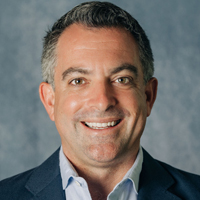
Jared Stacy
As a new entrant to the space, Amazon was looking for a way to make Thursday night feel special to fans, said Jared Stacy, director of global live sports production for Prime Video. With 15 different cities in 15 weeks, Amazon decided the best way to do that was to keep the show on the road instead of producing its pregame, halftime and post-game programming from a home studio in a city like Los Angeles or New York.
“We love the idea of showcasing local culture and getting close to the fans and bringing that environment home,” Stacy said. “I think you’ll see that in our pregame show.”
To do so requires what Stacy describes as a “traveling circus every week.” Amazon is rolling a fleet of 16 mobile units to each venue, including portable sets, generators, UPS power supplies and office trailers. There are around 250 people onsite for each TNF game, supported remotely by another 50-odd personnel from NBC Sports, which is collaborating with Amazon on TNF.
NBC Sports is providing some remote replay and editing support from its headquarters in Stamford, Conn., as well as handling master-control operations from there in conjunction with NBCU facilities in New York and New Jersey. Rules analyst Terry McAulay, who like TNF Executive Producer Fred Gaudelli previously worked on NBC’s Sunday Night Football, will also operate out of Stamford.
TNF’s main game truck, GCV’s “Prime One,” is actually composed of five mobile units tied together over an IP network. It links to a second large GCV truck, “Prime Two,” which is dedicated to the pre-, halftime and post-game shows. “Prime Three” is a custom-built office trailer which offers a large conference room and separate working spaces for operations personnel from both Amazon and NBC.
The Game Creek trucks were built in an exceptionally tight timeframe after Amazon accelerated the start of its deal with the NFL from the 2023 season to this year. The letter of intent to build the trucks was signed in late August 2021, and Amazon needed them by Aug. 1 in order to properly test them before its first and only preseason TNF game on Aug. 25.
“It was one of the more ambitious truck builds in the history of our industry given the timeline,” declared Stacy, who added that GCV President Pat Sullivan and his team had “done a masterful job” in handling “a dead sprint for everybody.”
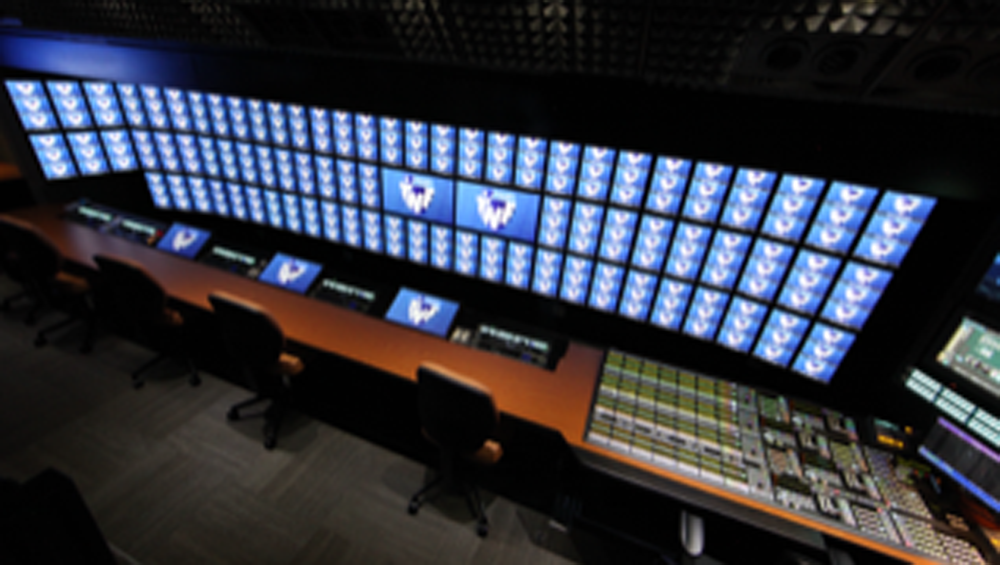
Courtesy of Game Creek Video
The TNF games are being produced in 1080p with High Dynamic Range (HDR), and the UHD-native Game Creek trucks have the ability to support 4K HDR production in future seasons. For the 2022 season TNF will be delivered in 1080p with standard dynamic range (SDR), due to some upgrades on the playback and distribution side that still need to be made. The plan is to offer 1080p HDR for the 2023 season, with a jump to 4K HDR possible over the course of the 11-year deal.
1080p SDR still represents an upgrade in picture quality for TNF compared to last season. Fox produced those games in 1080p HDR but delivered a 720p SDR feed to Amazon, the same as its other affiliates, which was then passed on to Prime Video customers. Now Prime Video is able to deliver a true 1080p picture directly to a consumer’s TV set (in addition to the Prime Video app available on connected TVs, Fire TV sticks, tablets and smartphones, TNF games will be broadcast over-the-air in the home and away teams’ markets and streamed on amazon.com and Twitch). Amazon also has a deal with DirecTV to deliver TNF to more than 300,000 bars, restaurants and other public venues.
“The industry is in an evolutionary place right now with video formats, and we think 1080p is a really great picture quality,” said Stacy. “We’ve had really good success with it in our major European properties as well. But the facilities we built can accommodate anything, and I’m sure we will evolve as we go beyond year one of this package.”
A Dedicated Fleet
Amazon had considered the possibility of working with multiple vendors for its mobile units, and it is using facilities from NEP Group in Los Angeles to produce its alternate feeds of TNF (which include one featuring the comedy group Dude Perfect and another with extra statistics in graphical overlays). But given its unique requirements and the time crunch, Amazon decided a dedicated fleet was the best option.
“Once we knew what we wanted, the way these trucks tie together, the way the IP routing infrastructure works, it was really important that it was designed all to work as a cohesive unit,” Stacy said.
The main game truck, Prime One, has a fully redundant SMPTE 2022-7 IP routing core, based on the Evertz EXE 3.0 platform, in a spine-leaf architecture with a total capacity of a whopping 102 terabytes per second (Tb/s). All of the edge routing is handled by Evertz’s NATX switch fabric.
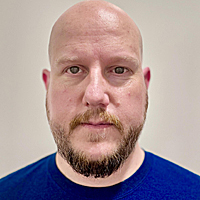
Joe “JP” Palmer
Amazon went with Evertz for both its IP routing software and hardware for several reasons, said Joe “JP” Palmer, Prime Video senior manager of live production technical operations. The biggest ones were the redundancy and resiliency of the Evertz architecture, where any one part can fail in a single device with no impact to on-air operations. With large switch manufacturers like Cisco and Arista facing supply chain issues that have delayed delivery dates, the fact that Evertz makes its own IP switches was also attractive.
“With something of this scale and size, having that single manufacturer versus a control layer separate from the actual IP fabric really was appealing to us, especially with the timetable for the integration,” said Palmer.
The Prime One and Prime Two trucks have Grass Valley Kayenne-X production consoles with 192 inputs and 64 outputs. Audio consoles are all Calrec Apollos, with fully redundant impulse cores (audio processing engines) across the fleet. The trucks also use Evertz’s new line of multiviewers, with 64 inputs and 8 outputs, all truly UHD-native.
A total of 50 cameras will capture the TNF action, including 31 “manned” cameras and a variety of robotic, aerial and POV units. There are dual Skycam units and 13 super-slo-mo cameras, two RF Steadicams, two coaches’ point-of-view (POV) cameras, two hallway robotic cameras, a pylon camera and a line-to-gain camera.
All of the cameras are from Sony, including Sony HDC-5500s for primary cameras with most running at 4x to 6x real-time; four HDC-4800s; two HDC-4300s; and six HDC-P50 POV units. They feed a multitude of EVS and Sony replay servers, including 175 record channels across 22 EVS XT-VIA 16-channel frames and a dozen 4K record channels on Sony PWS-4500 units.
Graphics for both the game and wraparound shows are from Chyron. Graphic enhancements include SMT’s “1st & 10” virtual first-down line and SMART zoom telestration system; Next Gen Stats using AWS cloud computing; and TrackMan ball-tracking for field goals. Amazon has carefully designed the graphics to look good on smartphone displays as well as widescreen TVs.
“We wanted the graphics to pop, we wanted everything to feel fresh,” said Stacy. “We’re going to be leaning heavily into AR graphics as well.”
Super-Redundancy For Contribution And Playout
Amazon has bolstered TNF’s transmission and playout architecture with extra layers of redundancy across multiple vendors. Between its primary, Spanish-language and alternate feeds, Prime Video has 66 total feeds leaving the venue each week with primary and backup fiber paths on both Lumen and The Switch.
Feeds are compressed with Evertz encoders in the JPEG-XS native format at 480 Mbps per feed for ultra-low-latency and high video quality. Feeds go to a multitude of locations, but the primary transmission path travels from the game venue to NBC Sports in Stamford. There it is QC’d and then fed to NBC’s 30 Rock master control facility in New York, the same scheme used for NBC’s Sunday Night Football.
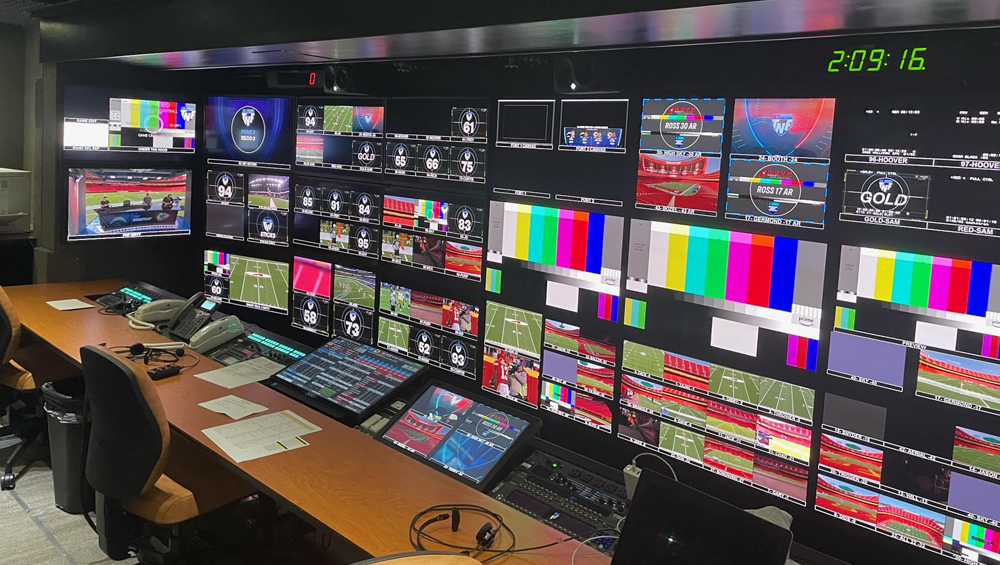
Courtesy of Prime Video
From 30 Rock the TNF feed travels to NBCU’s playout facility in Englewood Cliffs where ad insertion, digital ad insertion (DAI), closed-captioning and Nielsen watermarking functions are performed. Prime Video has also set up a fully redundant master control facility at The Switch’s facility in Burbank, Calif., in case of any failures at Englewood Cliffs or 30 Rock.
Playout to the AWS cloud is performed by AWS Elemental encoders both at Englewood Cliffs and at The Switch in Burbank, and there is a third disaster recovery set of encoders at Encompass Digital Media in Atlanta. Those feeds then have diversity to two geographically diverse AWS regions, IAD (U.S. East in Virginia) and PDX (U.S. West in Oregon).
“Everything we do is redundant and resilient to the magnitude of four times what anyone else is doing,” Palmer said.
Blending Old And New Talent
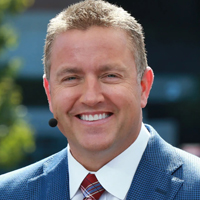
Kirk Herbstreit
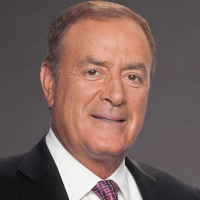
Al Michaels
Similar to its technology plan, Prime Video isn’t taking any chances with personnel for TNF and has hired veteran talent both in front of and behind the camera. Legendary NFL play-by-play man Al Michaels and ESPN college football analyst Kirk Herbstreit are calling the games, working with 24-time Emmy winner Gaudelli as EP and fellow NBC veteran Pierre Moossa as lead director. Fox NFL Kickoff host Charissa Thompson will anchor all of TNF’s wraparound programming, where she will be joined by former Fox analyst Tony Gonzalez. Herbstreit and Thompson are both maintaining their previous roles at ESPN and Fox, and Gaudelli will continue to contribute to NBC’s NFL coverage.
Prime Video has brought on some fresh talent as well in the form of recently retired NFL players Richard Sherman and Ryan Fitzpatrick, who will work the pre-, halftime and post-game shows, and Andrew Whitworth, who will serve as a contributor. Kaylee Hartung, most recently of ABC’s Good Morning America, is returning to sports as a sideline reporter and Taylor Rooks of Turner Sports will be a features reporter.
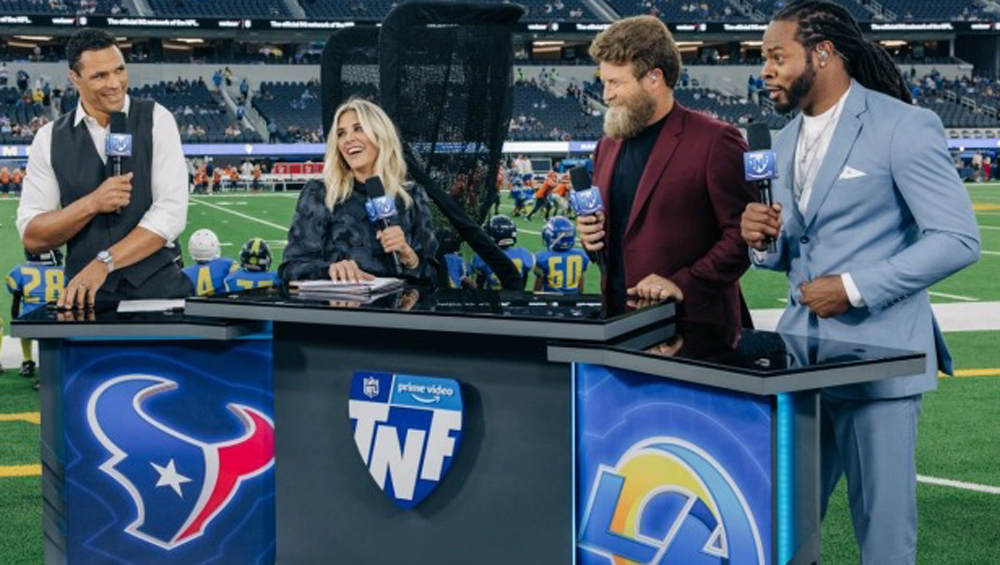
L-r: Tony Gonzalez, Charissa Thompson, Ryan Fitzpatrick and Richard Sherman at a TNF dress rehearsal at SoFi Stadium in Inglewood, Calif.
“Al and Kirk are an incredible listen, they’re really clicking already, and Fred is the best producer to ever do this,” Stacy said. “The first thing we want to make sure is that the game is done at the highest level, and we know that’s going to be the case. When you start to branch out and build the rest of your roster, what was really appealing to us was to identify some fresh voices and try to get some people right off the field.”
Stacy is looking forward to what those fresh faces will bring to TNF’s extended post-game show, where it plans to interview players as guests, preview the weekend’s contests and discuss league news in depth. Since Prime Video isn’t held to a set broadcast schedule, the post-game show can run as long as it continues to be entertaining.
“We think there’s an opportunity on Thursday Night Football for us to give people more after the game and get them ready for the weekend,” Stacy said. “We’re not rushing off for [ESPN’s] SportsCenter or local news.”


































Comments (0)